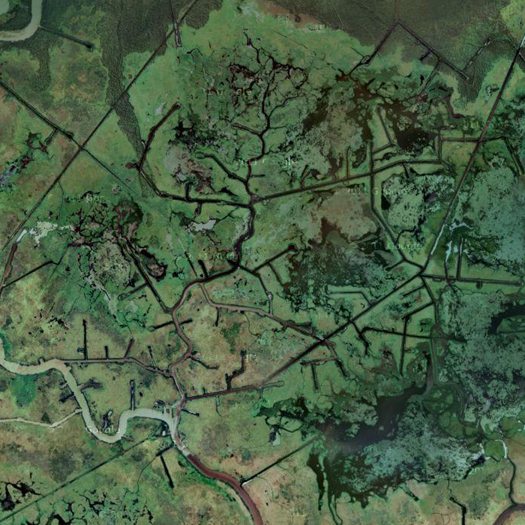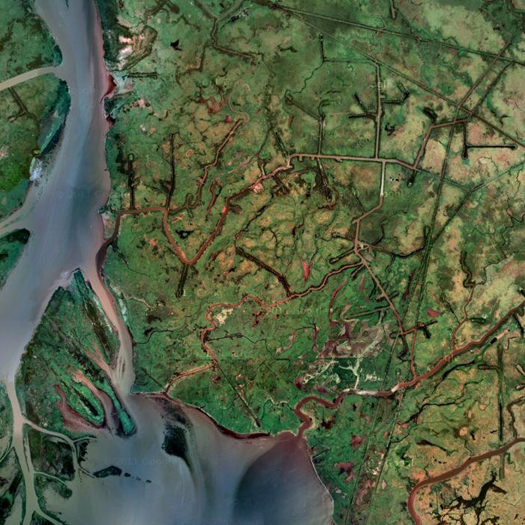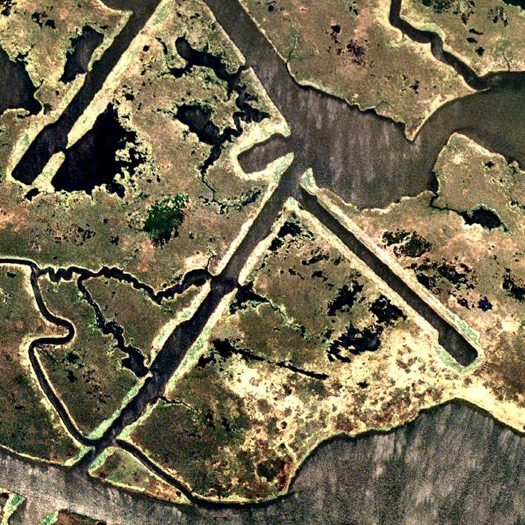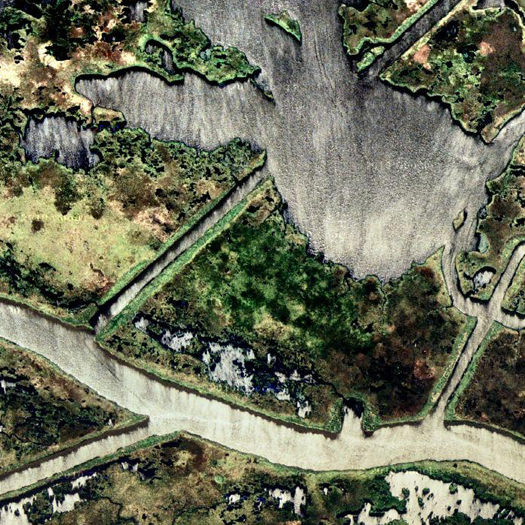
The history of the Atchafalaya Basin — and much of the history of the greater Mississippi Delta region — is marked by an important transition in the 19th century from an agricultural economy (which had developed with the appearance of European settlers, including the Acadians who became the Cajun) to an extractive economy (initially also dominated by Acadians, who were forced off of their riverside agricultural lands by the economic power of arriving Anglo-Americans and their system of slave labor).

Initially, the extractive economy centered around harvesting the biology of the swamps: living in houseboats which could move around the Basin from site to site, Acadians harvested “fish, crabs, crawfish, turtles, frogs, moss, and fur animals”.
But with the advent of the industrial cypress industry — catalyzed by the Congressional Timber Act of 1876, which made the swamp available to timber interests at exceptionally cheap prices — “pullboats” and “overhead skidders” removed wood from the Basin at an incredible pace, permanently emptying the Basin of the old-growth cypress which had once dominated it. This great clearing began the tradition of the extractive economy marking the land of southern Louisiana in obvious and important ways.


The contemporary extractive economy, the inland oil industry, which began drilling the Basin in earnest in the 1940s, has marked the land in a similarly comprehensive way, tracing a vast lattice of straight lines by dredging canals across the soft terrain of the swamps:
“Where the land is at or only a few feet above sea level, as it is throughout much of the Atchafalaya Basin, the simplest means of getting drilling and production equipment to well and tank sites was by barge through canals dug specifically for that purpose. Additionally, connective pipelines had to be installed and other canals were required to facilitiate their construction.” (PDF)
The distinctive aerial pattern of the Basin and the Delta, then, is rightly understood as indicating the conversion of the swamps into a highly rational system for the removal of oil; the contrast between the kinds of maths that produce the deltaic terrain and the oil canals — complex sedimentary dynamics and simple Euclidean geometries — produces a uniquely beautiful (and ecologically problematic) landscape.
[Free Association Design explored the similarly fascinating geometries of offshore “pumps, drills, and subterranean conduits” late last year. The images in this post are all via Google Maps.]


My problem with extracting minerals is not from an environmentalists viewpoint! My problem regarding Environmentalism is that it has become oppressive! It’s obviously oppressive, toward the economy of the entire United States Economy! Even without the Environmentalism being oppressive towards the Oil Producing States, Industry giants and small Oil Corporations, has removed Thousands of Jobs from men and women, worldwide!? This while Obscenely distributing Our Federal Reserve Funds Recklessly through European Central Banks!? It appears to be an engineered Default of World Economies with the objective of forming a Dictatorship with the Ashes of the Nroken World Governments, using a necessary Martial Law Emergency to force the world to it’s knees and submit to a One World Government! Simply Scary, to look at it develop!?
[…] pipelines and straight lines (m.ammoth.us) […]